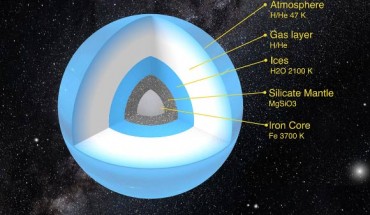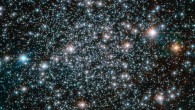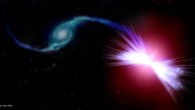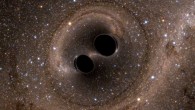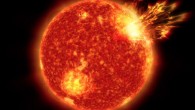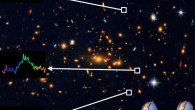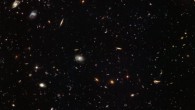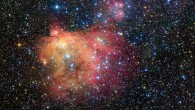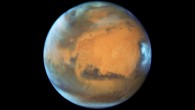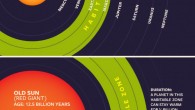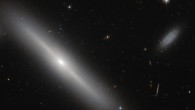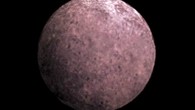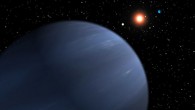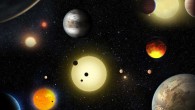Our Sun, in its youth some 4.5 billion years ago, ‘stole’ Planet Nine from a passing star system, says a team of European astronomers led by Lund University scientist Alexander Mustill. Simulated structure of the hypothetical ice giant Planet Nine. Image credit: Esther Linder / Christoph Mordasini. “It is almost ironic that while astronomers often find exoplanets hundreds of light-years away in other star systems, there’s probably one hiding...

